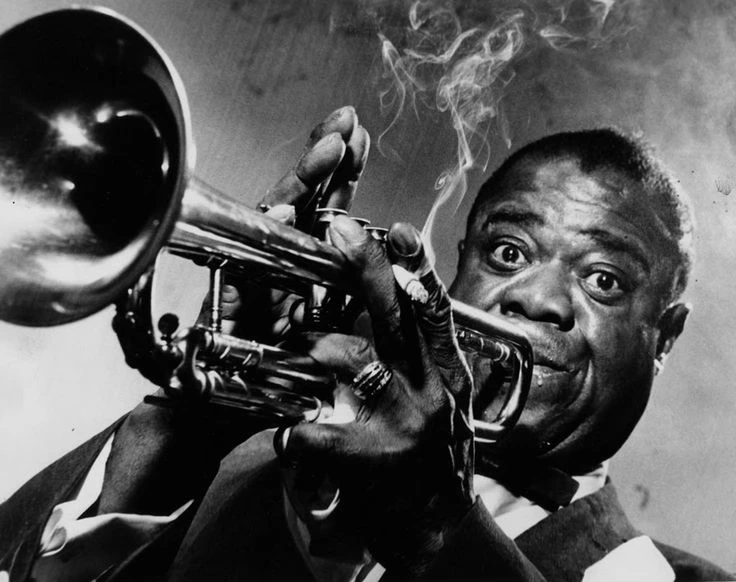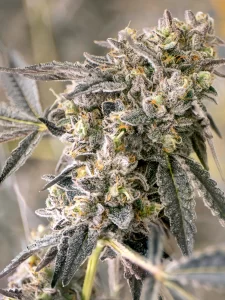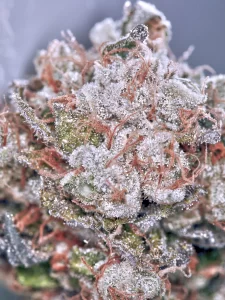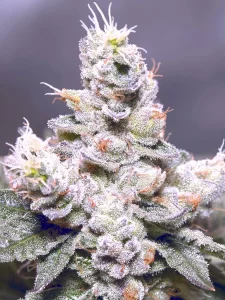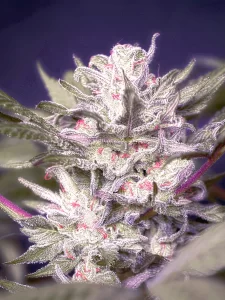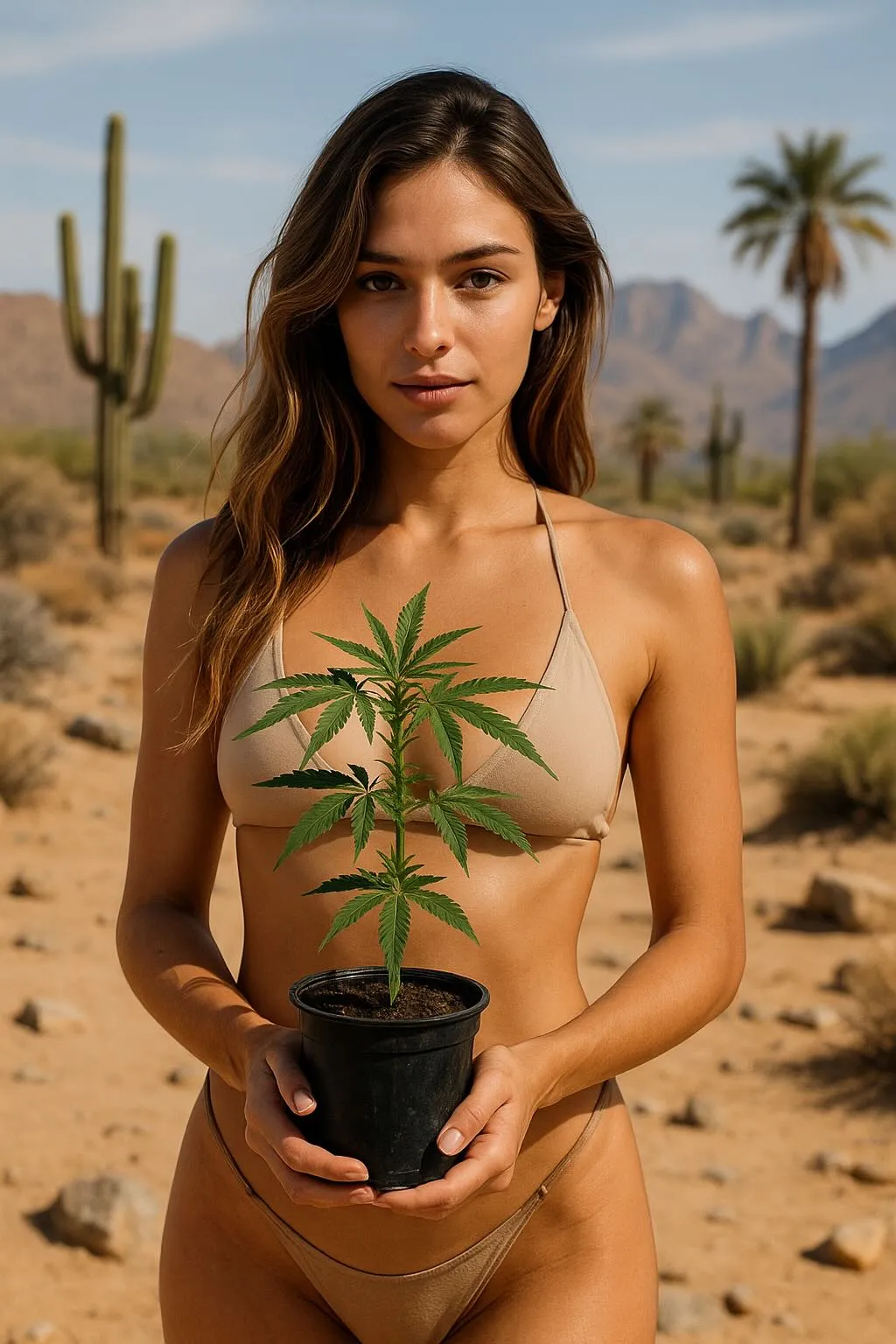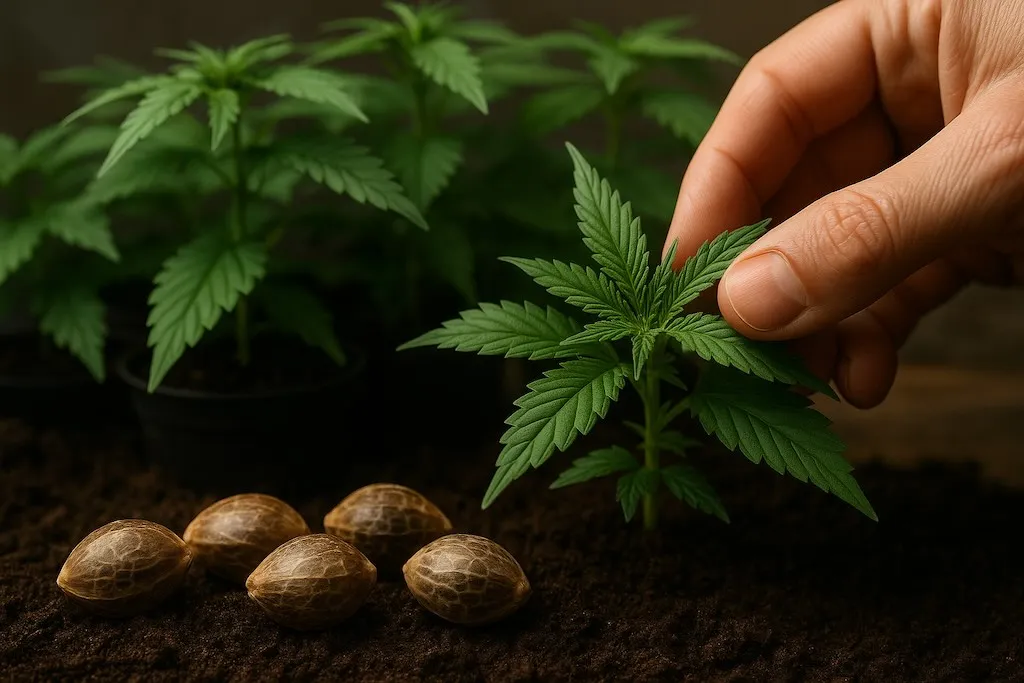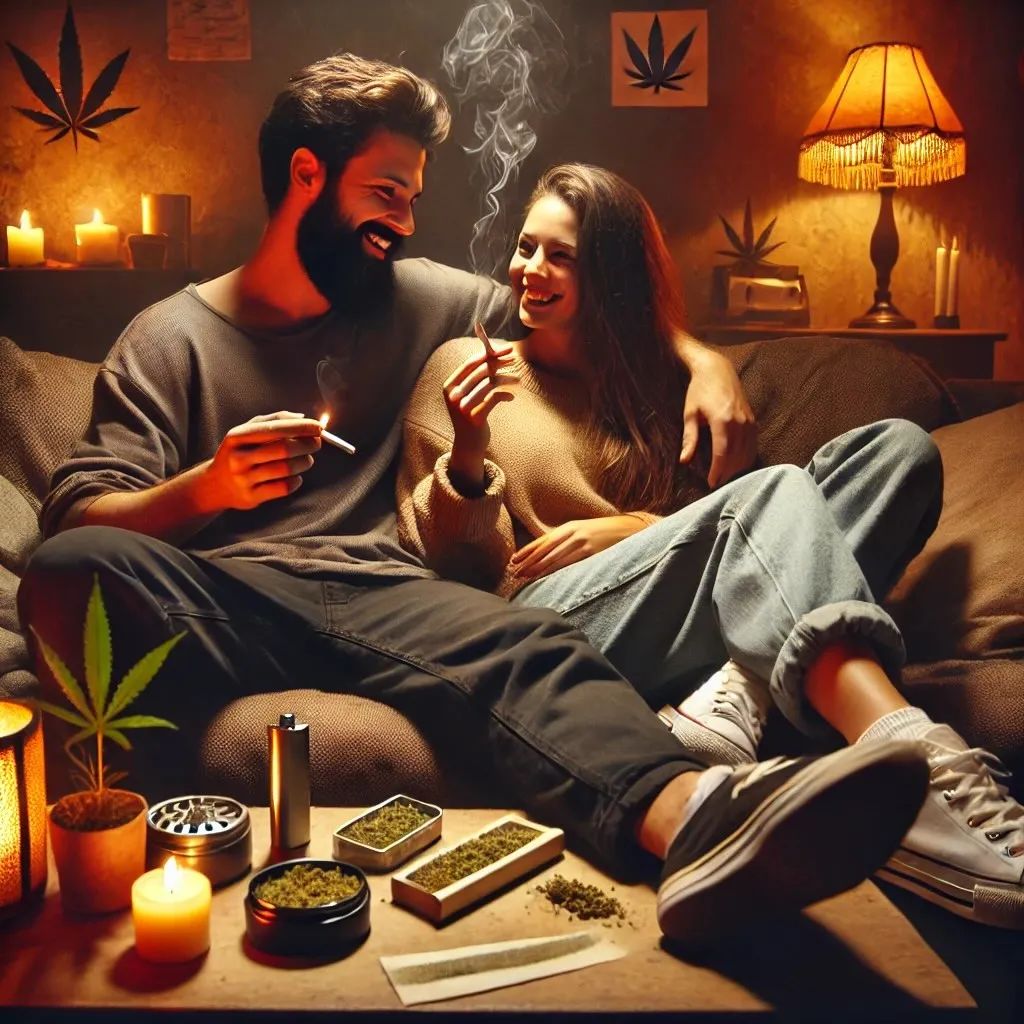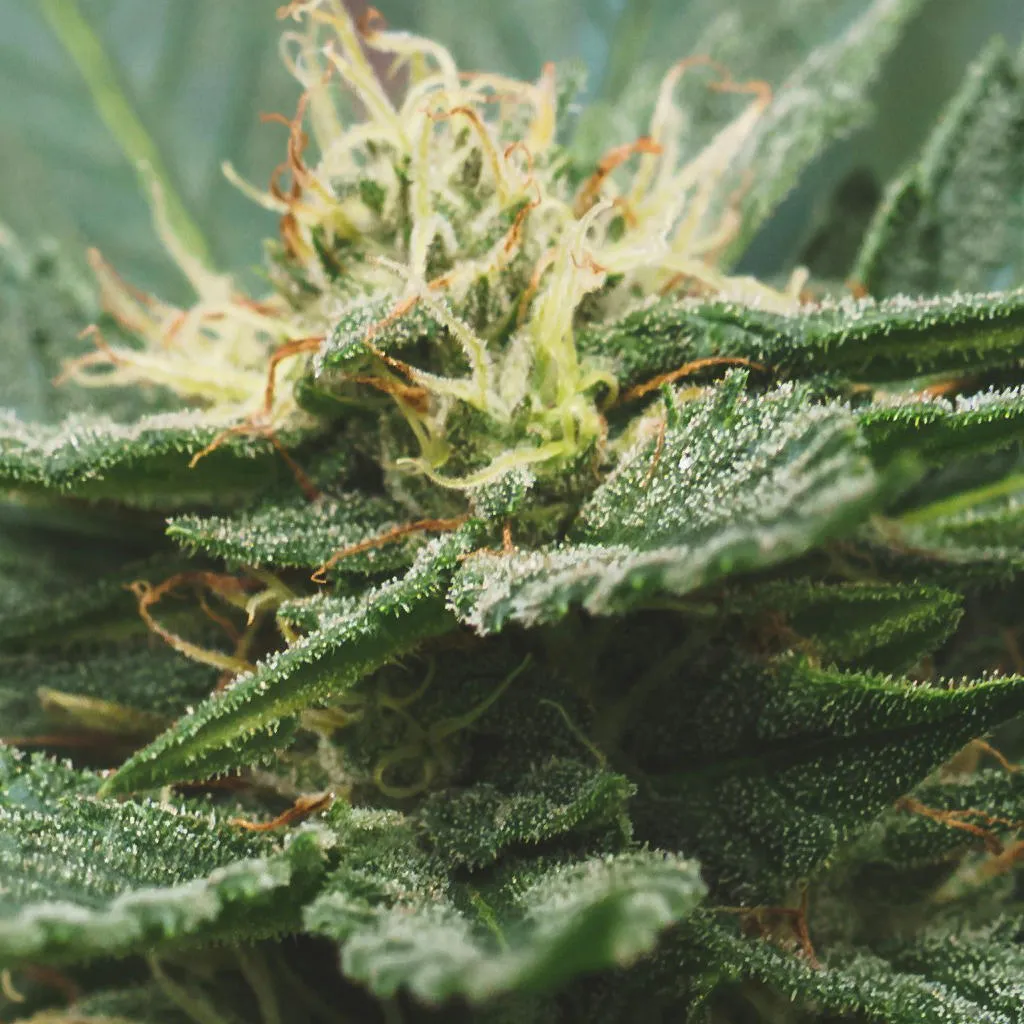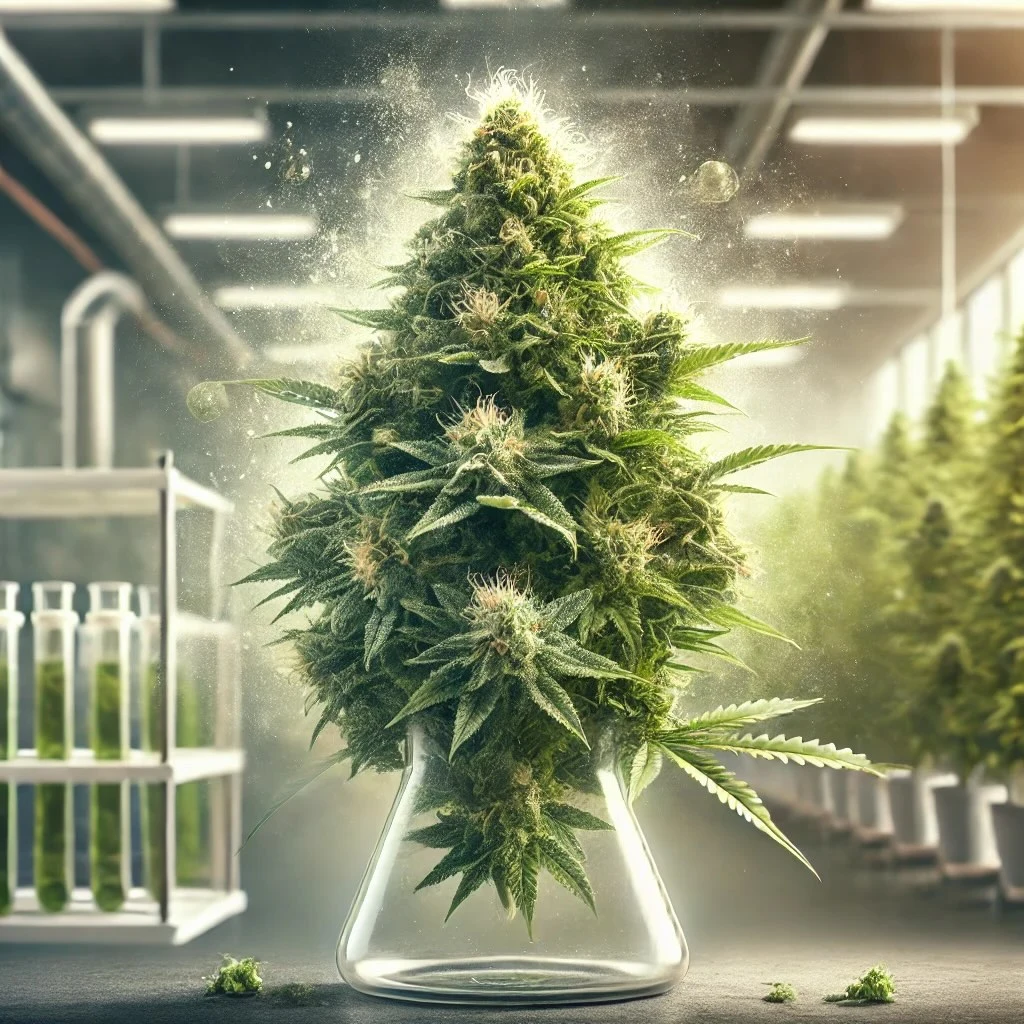It is inevitable to think that the use of cannabis has had a crucial importance in the history of mankind, and, therefore, also has influenced the arts.
A clear case of the influence of grass in the world of music, we find it in one of the most popular musical genres of modern music: Jazz.
The first clue about the use of marijuana among jazz musicians is to be found in the mythical city of New Orleans in the 1920s. The crowded brothels of the most populous city in Louisiana had musicians who enlivened the evening’s clientele, and began to use cannabis.
Most of the grass was “imported” from Mexico and Central America by local Chicano immigrants, but cannabis was also planted in the area, and its use had been known since the mid-eighteenth century.
Louisiana also has the peculiarity that the soil moisture conditions, and the proximity of the mouth of the Missisipi River, make it very suitable for the cultivation of several varieties from South America.
In 1926, the popularity of cannabis and its use were so widespread in the city that the New Orleans Morning Tribune, pressured by conservative associations, decided to publish in its pages a series of sensational articles talking exaggeratedly and contemptuously about the Marijuana, its use among the African American population, and the “absolute scandal” that supposed “to see black and Mexican jazz musicians smoking that poison near our children.”
It was also said that “the music of these drug addicts is harmful to health, and no one who smokes marijuana can be considered an artist.”
These attacks from the media did not have much effect, until the federal authorities prohibited their consumption and sale, and by means of raids and hard measures, condemned the cannabis to the absolute underground.
But let’s leave New Orleans for a moment, and let’s go to Chicago. This is the hometown of a capital character in the history of Jazz and Marijuana. We refer to
Mezz Mezzrow, known as ‘The Baron Munchausen of Jazz’ was an excellent clarinetist born in 1899.
Mezz moved from Chicago to New York in the 1929 to try to succeed in his artistic career. Actually he did not succeed as a musician… but he succeeded by becoming the most popular herb dealer in New York.
He began selling marijuana on the streets of the Harlem neighborhood in the 1930s, and would become what many called the “link between races,” “The Mayor of Harlem,” and another series of appealing nicknames.
According to several sources, the most expensive variety that Mezz the clarinetist used to distribute in New York, was an African sativa to which popularly known like “Gungeon”. Other varieties of marijuana, cheaper, and coming from Central America were known as “MezzRollers”.
During the 1930s the influence of Marihuana was palpable in the Jazz scene. In fact there were record companies that recorded albums that became very popular: They were all songs that alluded to the ludic use of cannabis.
In the slang of jazz, the buds of the marijuana plant were denominated with the most varied names: Mary Jane, mug, tea, jive, and locally in each community were made jokes about the act of smoking, music, dances , And everything related to the ludic consumption of marijuana.
This consumption had an important influence in many musicians and composers, who, of course, began to talk about marijuana in their songs.
Recording studios like Columbia, Victor and Brunswick produced some of the following records:
– Louis Armstrong “Muggles”,
– Cab Calloway “That Funny Reefer Man”
– Fats Waller “Viper’s Drag”
– Stuff Smith And His Onyx Club Boys “Here Comes The Man With The Jive”
– Benny Goodman And His Orchestra “Texas Tea Party
– Barney Bigard Sextet “Sweet Marijuana Brown”
But the golden age of Jazz and Marijuana did not last too long. During the decades of the 30’s and 40’s a stage of prohibitionism and radical persecution began and this relegated cannabis to their personal and underground use by many jazz musicians.

